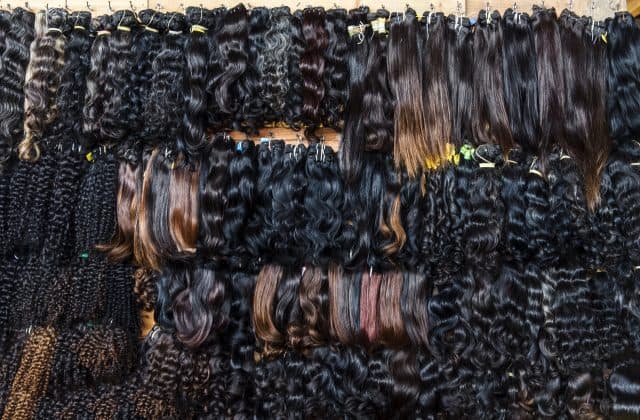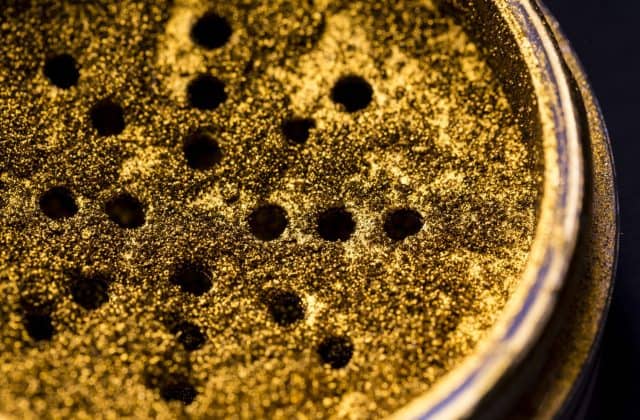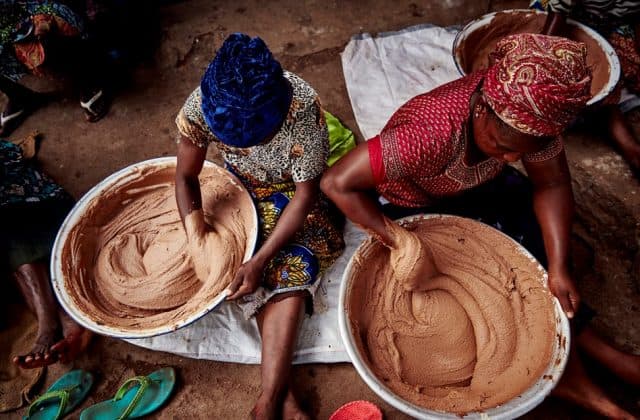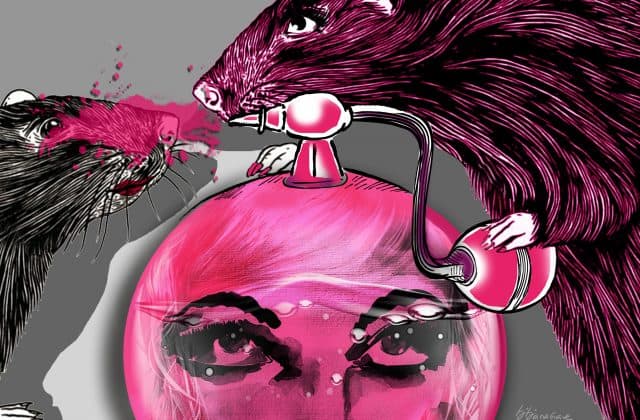The hair extensions market has dramatically grown.
These days, there is no one who does not want to have a long silky hair, in a “blink of an eye.”
The demand is incessant, so the offer has to keep up, reaching 1 kg of human hair, worth an average $1000 Usd.
In the entertainment and fashion industry, extensions are everywhere.
The “microlink” application, seen in celebrities like Naomi Campbell, Sarah Jessica Parker and Kylie Jenner (to name some), can often reach astronomical values like $50000 Usd.
There are many women who spend all they have to achieve the look they want. They do not even care where the hair they wear comes from. There is something intimate and transformative about using someone else’s hair, but at what price? Is the human hair extensions industry (most of it) violating the human rights of the women from poorer countries who sell or donate their hair? And in what conditions do they do it?

We’ve decided to find that out – through documentaries, surveys and on the “field” – what hides behind the glamorous extensions (which I — without ever stopping to think about — have already worn)?
It is very difficult to pinpoint exactly where the bulk of human hair on the market comes from, because this billion dollar business has always been unclear and very little obvious.
According to The New York Times, in Colombia: desperate women sell their hair to survive; as well as in Russia; and CNN refers to the fact that in Venezuela, women are attacked by thieves who cut their hair.
As for Vietnam, it “wins” in the worst way! Hair sellers offer nothing to women. They simply rape them, and flee afterwards.
The secrecy of the person who sells the hair – who often doesn’t even know its origin (nor they want to) – is the “soul of business”.
If each one of us does their part and start asking where the hair comes from and demand to know what country it comes from, it’s already a start.
We can at least try to buy extensions from more “protected” countries, instead of others, more “vulnerable” ones, because it makes a difference in this “black gold” market. And we contribute, with a “small” but great gesture, to a better and more just world.
Cases such as Remy New York’s (an extensions brand, founded by Dan Choi, of Vietnamese origin), have to be made public.
Remy New York seeks to be a “voice” unlike any other – more ethical and transparent – standing out from the rest.
The hair comes from deceased people, which means there’s no usurpation, exploitation or violation of women who are in a more vulnerable and unprotected situation . They buy hair from those who contact them and want to cut their hair, change their lives, pay for their education, or even help the family. And they pay a fair price in relation to the others.
Dan has already changed the lives of many women, all over Vietnam.
Refinery29
Traveling to India, we arrive in the country that is considered the most “ethical” in human hair sale . Its positioning becomes crucial in the industry, and the majority of the hair marketed worldwide is of Indian origin.
Every day hundreds of devotees of all age groups visit the Hindu temple of Tirumala in Tirupati, located in the state of Andra Pradexe – the country’s most crowded temple to donate hair, a figure that can reach 25,000 people, per day. The hair is collected (several times a day) and stored in the temple until the global auction, where buyers from around the world fight for the largest quantities. It is reported that the hair goes mostly to pharmaceutical and cosmetic companies from Germany and Italy, where it is washed, purified, depigmented and dyed, then forwarded to the four corners of the globe.

Temples like these tend to bill millions annually. Despite receiving money that is inserted in and for the community, the export to developed countries, generates overwhelming amounts of money for them.
According to the United Nations, in 2012, the export of human hair brought in USD 721 million for India.

In 2013, Angola was the 12th country to import more hair from India, according to UN data, over 171 tonnes, for a total of USD 3.168 million. The second largest partner in this sector is China, which, in the same period, exported more than 63 tons of hair to Angola, in the approximate amount of USD 272 thousand.







